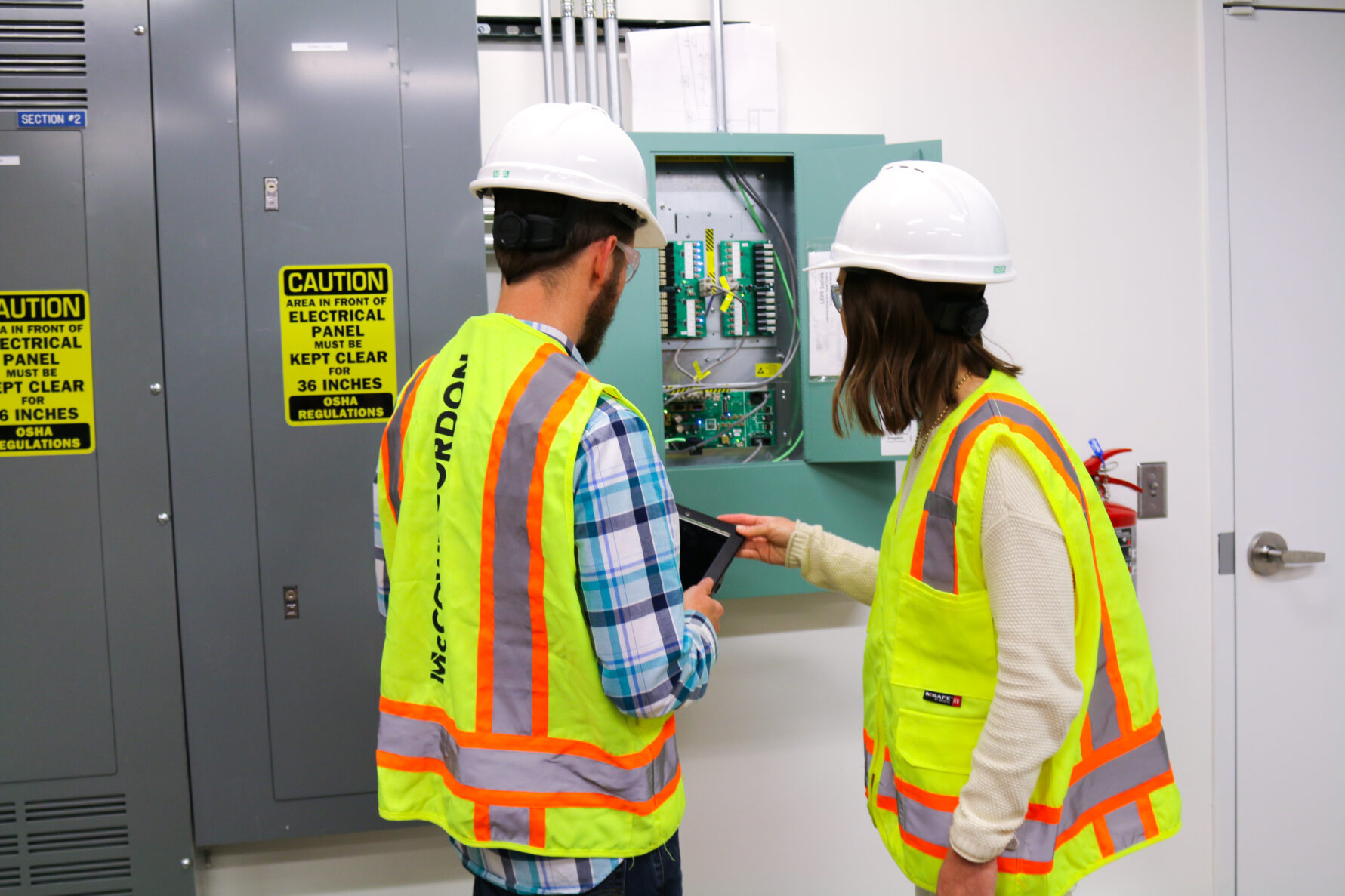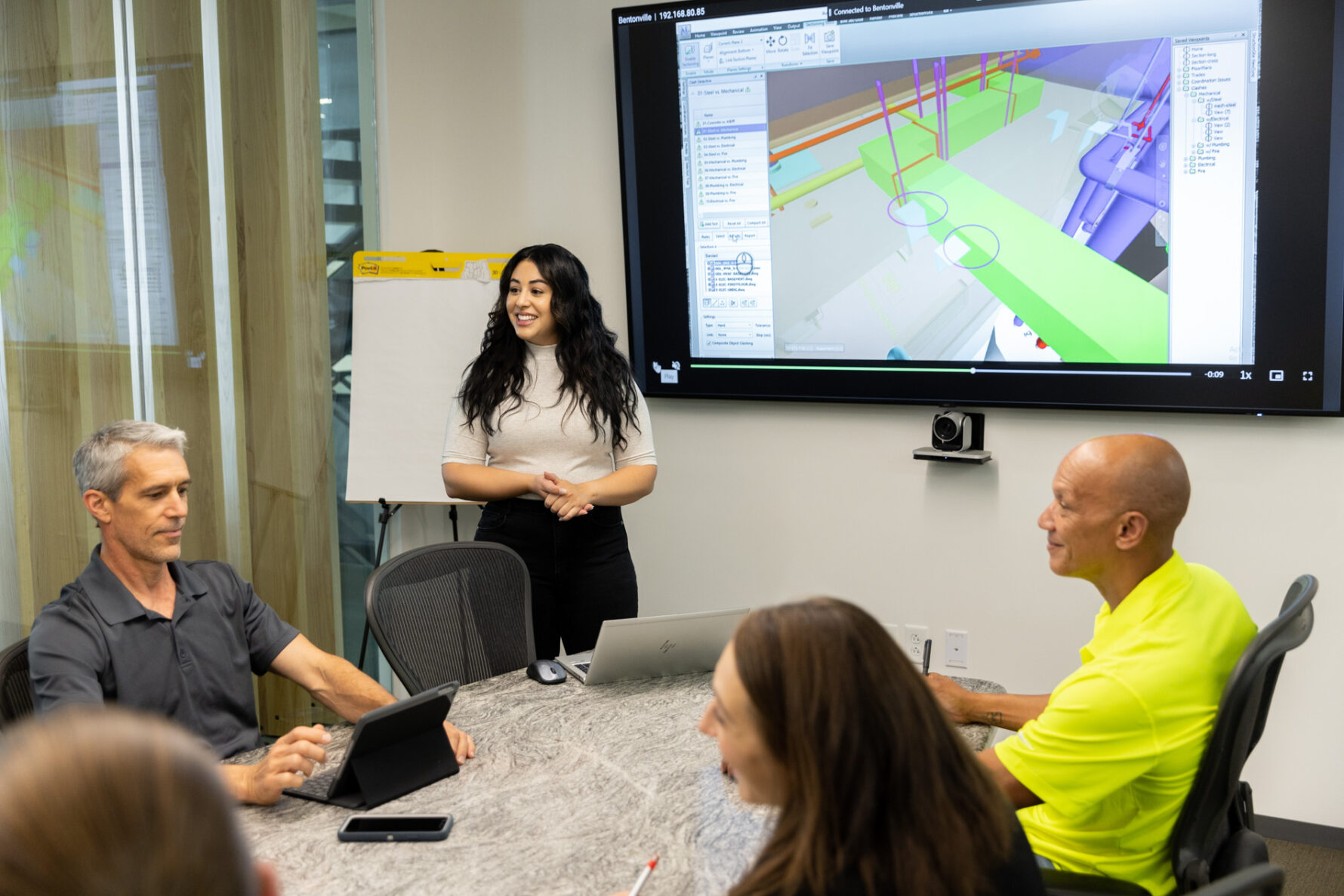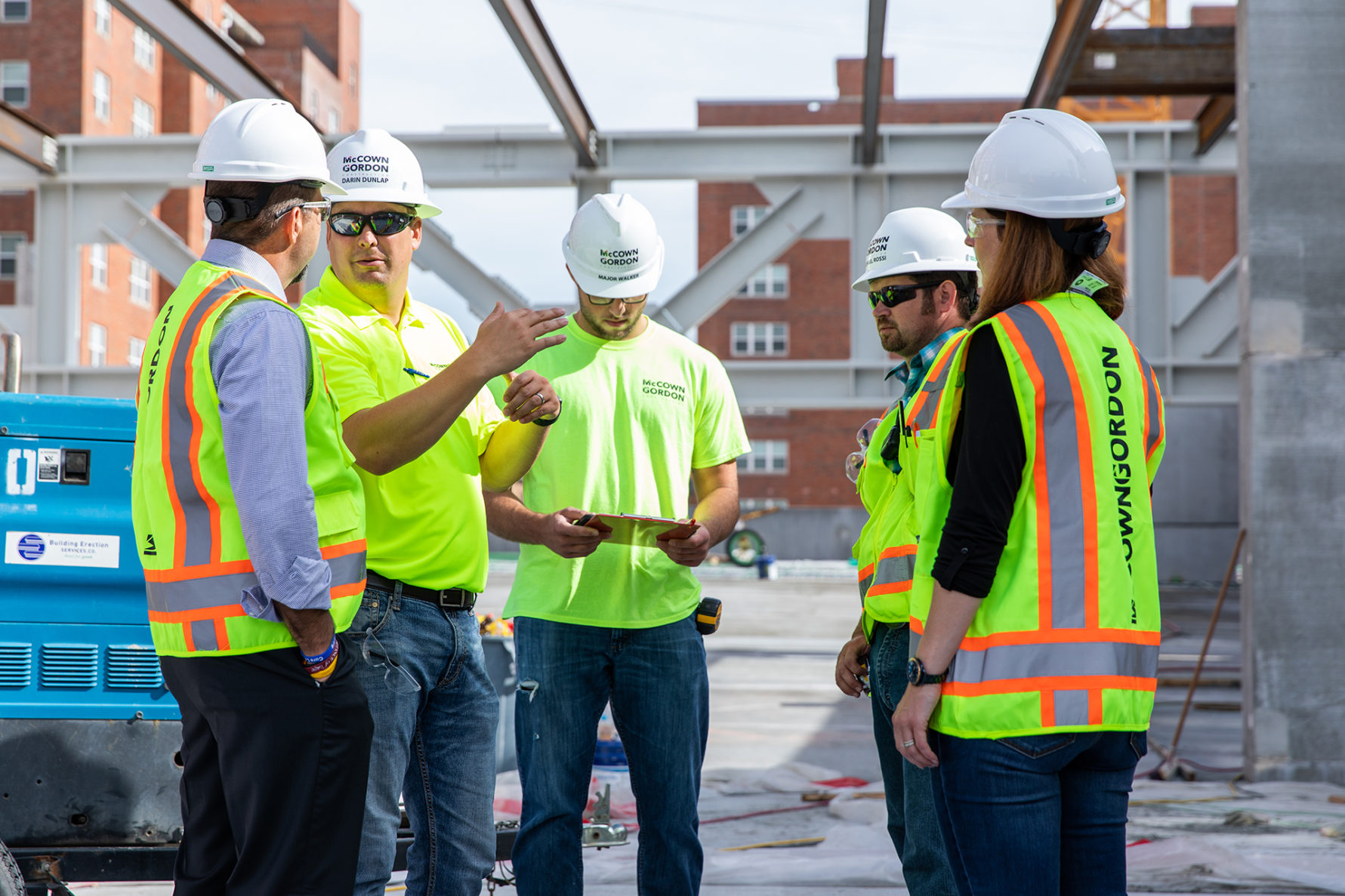How to calculate the right contingency budget for construction projects | Kansas City, Manhattan & Wichita

Building a contingency budget into your master budget helps relieve the stress of construction surprises down the road. In a sense, it acts as your budget to cover costs that you may not have initially planned for.
Although the idea of putting additional money aside may not seem important (“Why can’t I put my contingency budget into something I’ll actually use?”), our experts at McCownGordon Construction recommend putting contingency measures in place on every project.
We believe that a well-calculated contingency budget will actually help your budget rather than hurt it. It’s common in the construction industry because of the many, many factors that come into play on a construction site. Think about our uncertain Midwest weather alone and you’ll see why a contingency is important. However, the key is to understand which factors come into play to determine those contingency costs. Read on to learn how to calculate contingencies based on your unique construction needs.
Start with the average baseline
Most projects create a contingency budget by calculating two to four percent of the total budget. Keep in mind that this is a baseline, and you shouldn’t solely use average numbers for contingencies. You can use those numbers as a starting point, then do further research to better cater your contingencies to your project.
Identify potential problems
It’s important to go through your project from start to finish with industry experts and identify problems that could arise before they happen. For example, if you know the site goes through weather fluctuations, you may need to add extra money to your construction contingency budget for measures against rain, hail, wind and other weather concerns.
Consider change orders that could occur
A change order may not sound ideal, but they do happen. If you have a divisively opinionated board of directors; you take ongoing feedback from the community or your customers; or you simply aren’t confident in your preconstruction plan, a change order could be in your future. Therefore, when thinking about a contingency budget, you may want to add a buffer to cover changes that aren’t in the original contract.
I think somewhere in this blog we need to talk about how we’ve allowed projects to add wish list items at the end because they had left over contingencies.
Implement preconstruction services
At the end of the day, preconstruction is key to gaining the most value out of your project. Preconstruction starts the moment you begin the design process, allowing experts to create a contingency budget best suited for your goals.
With our preconstruction services, we’ve even eliminated the need to use the contingencies. In various instances, we’ve allowed projects to add wish list items because they had leftover funds.
Everything You Should Know About Preconstruction in the Midwest →
Learn more about how to calculate a contingency budget at McCownGordon Construction
At McCownGordon, our team of builders and engineers maintain a customer-focused mentality, allowing us to outperform even your highest expectations. Dedicated to promoting integrity, performance and relationships, it’s our people and values that truly make the difference.
Our customers aren’t simply another project; they’re an extension of our team and community. Together, we don’t just build—we bring creative visions to life. From first thought to final nail, we deliver quality work to ensure our builds stand above the rest.
We have three regional offices around the Midwest—Kansas City, Manhattan and Wichita. Call us at 888-304-4929 or use our free online quote tool to start building today.



